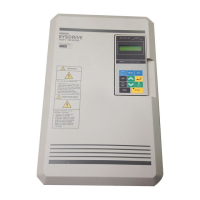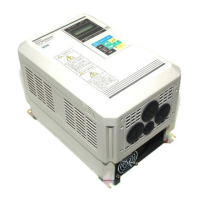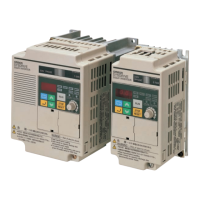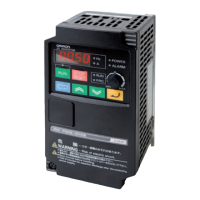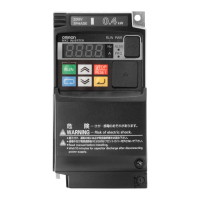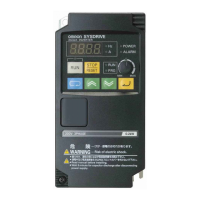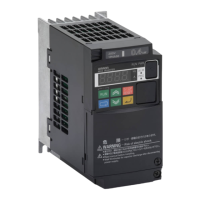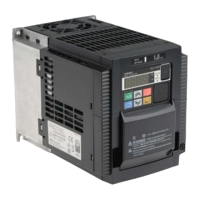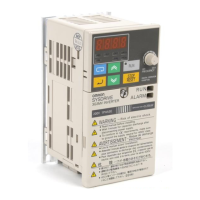SECTION I
Ride quality adjustments
The following parameters show how the performance of the inverter can be improved to suit
individual applications.
Slip Comp Gain C3-01 can be adjusted in steps of 0.1 to equalise the levelling speeds in the up
and down direction, there is a desired maximum setting of 2.0 and a minimum setting of 0.5
setting this value too high will lead to vibration.
Adjusting the slip-compensation delay time C3-02 will influence the time taken before the drive
compensates its output frequency under increasing slip, thereby minimising under-speeding
(particularly during empty car down conditions). Reducing this value gives more response to load
changes; increasing will directly dampen the response of the slip compensation circuit within the
inverter overcoming additional torque pulsation resulting from slip comp during regeneration
enabled C3-04. Adjust in 10mS steps, adjusting too low will give oscillations empty car up.
Torque Comp Gain C4-01 can be adjusted to a maximum of 1.2 if absolutely necessary. This
adjusts levels of starting torque. Reduce value to overcome vibration during accel / decel,
particularly during car up running
Torque Comp Time C4-02 Increase this value if hunting occurs at low-speed (maximum value
200).
Motor Rated slip E2-02 can be increased to induce more slip and hence more current.
Increasing the Min / Mid Voltage E1-10 / E1-08 settings will reduce the requirements of slip
compensation acting upon output frequency, thus reducing the possibility of speed oscillation.
The settings can be adjusted in 5V steps improving the levels of low / medium speed running
torque, thereby minimising undershoot.
No-load current E2-03 can also be adjusted for up to 50% of Motor nameplate rated full load
current E2-01. This will ensure tighter control under empty car down conditions again
minimising undershoot.

